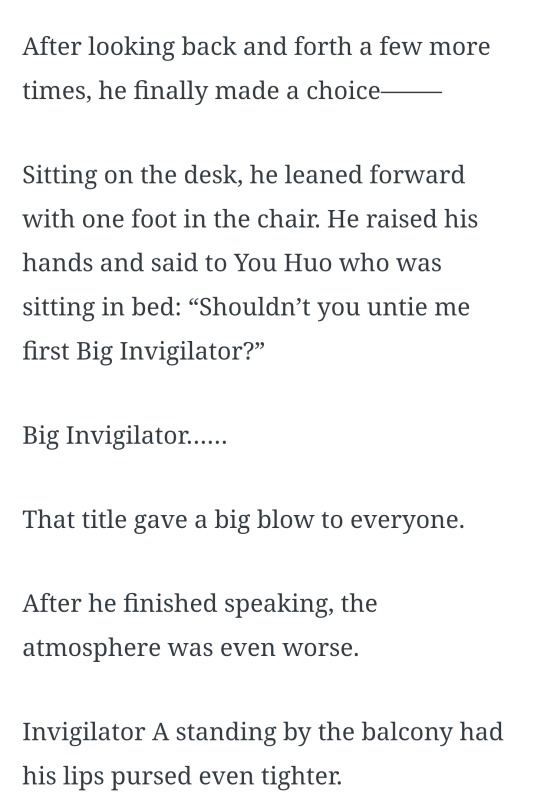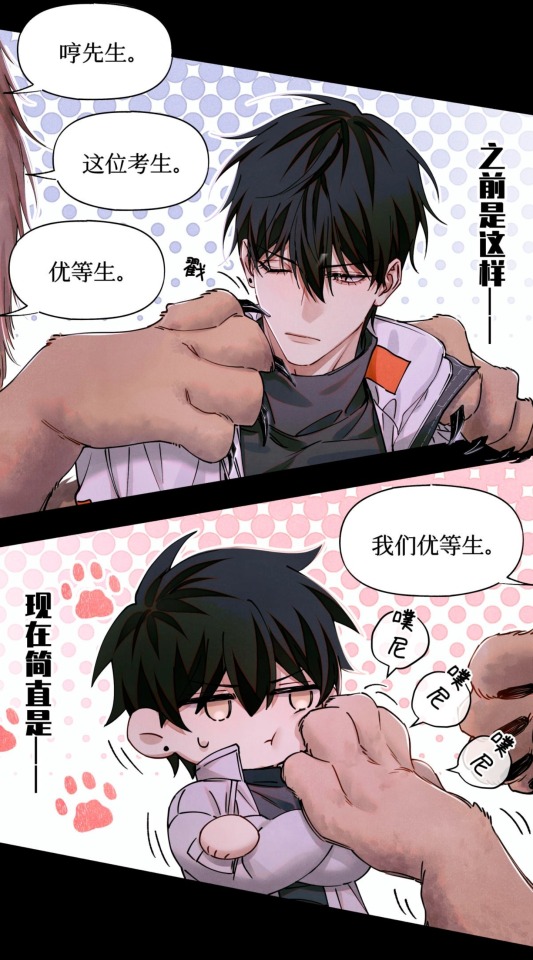The Air Raid Shelter Sucks
The Air Raid Shelter Sucks
…but what if I told you this was on purpose, because it’s a metaphor?

We first find out about the engraving on Tatsuya’s lighter down in the shelter underneath Kasugayama. Tatsuya and Maya can’t settle down, so instead they start to chat and show each each other their comfort objects. Notice that both Tatsuya’s lighter and Maya’s bunny are relics of the past, given to them by someone they cared about but who is now gone.
The first time I played through this part of Innocent Sin, I hated it. It’s just not a fun dungeon, and the reveal about the engraving seemed like an awfully convenient clue. (The exit to the bomb shelter is both important but impossible to see, which gives Maya the idea to try using a mirror to find the exit indirectly.) But then once I thought about this sequence later on with more information, I realized that it was actually pretty brilliant.
Just think about it: the party’s pursuit of Joker brings them to Kasugayama High, a place where Jun should be, yet he’s nowhere to be found. (Eikichi even actively inquires about him, in classroom 3-1.) Once the party descends into the air raid shelter, Tatsuya metaphorically descends into the depths of his grief and trauma-induced depression, represented by an endless loop in the miserable dark. The game then creates empathy for Tatsuya’s emotional state by having the player wander around and around the dungeon, becoming miserable themselves.
The source of Tatsuya’s misery, as we know, is what happened because of the incident at Alaya shrine. He’s spent ten whole years unable to move on from that day, due to his repressed memories and the absence of his friends–but then once Maya, Lisa and Eikichi return to him, he’s still missing a crucial piece of the puzzle: Jun.
However, the truth is that Jun does still exist nearby, in Tatsuya’s heart and memories. It’s no coincidence that Tatsuya can only find the shelter’s exit once he stops looking for it physically and falls asleep, allowing his unconscious mind to find that all important but invisible thing he’s been looking for.
And it is only once Tatsuya remembers Jun, his mirror, that progress even becomes possible.

More Posts from You-huo and Others




qqgk global examination
parallels the qin jiu and you huo's past selves and present selves
sport bl's









sk8 the infinity and ping pong
the ending of ping pong: "do you have a girlfriend?" *Smile picks up Hoshino's paddle* "who knows?" "you do?"
All the protagonists give their closing thoughts on the concert.
If anyone can translate this, I’d be grateful.
I believe the order goes: Yu, Akira, Minato, FeMC, Tatsuya, Maya, Naoya, Akira


exam clean up arc changes sm after finishing the novel and knowing the two extra ppl are the real qin jiu and you huo from the past
- you huo getting so jealous of you huo, he tries to make himself more like you huo after waking up
-we never find out why qin jiu was tied up


qqgk global examination ch 20 and ch 143
you huo and qin jiu having the same descriptions as examinees





lion Qin Jiu is now real




global examination/ 全球高考 chapter 70
the most unfortunate revel scene in danmei



room differences between the current timeline and the timeline where cheng xiaoshi died
for some reason the lamp is gone
also the 3rd floor / attic is finally shown open with stairs leading up to it




s1ep11 the ceo tells emma how the law wouldn't be able to catch the liu family after she mentions the fraudulent data
s1ep9 emma was the one who reached out to Qiao Ling and put in the request of their first task

Entries from the Persona World Guidance book translation:
Boy with Earring
A young man who attends St. Hermelin high school. He is the protagonist of the original Persona game, and in Eternal Punishment as well, he is referred to as ‘boy with Earring" in Elly’s flashback scene. Even though he is popular among female and male students alike due to his looks and cool demeanor, he went through his high school days as being some sort of a lone wolf. However, the SEBEC Scandal occurred, and he developed a strong relationship of mutual trust with his companions that were once mere classmates. After he graduated, he left on a journey to pursue his dream, making the promise ‘let’s all meet again after achieving our dreams’.
The Emperor Arcana (exploring the true nature of the Boy with Earring)
The personality of the protagonist of the original Persona is the same as that of the player. However, just like other characters, he is compatible with specific personas. The Emperor arcana symbolizes masculine energy. In other words, it symbolizes willpower, subjugation, authority and ambition. We can conclude from his nature that the Boy with Earring has the power and the determination to achieve victory and one day, achieve his dream.
Piano
A musical instrument used by the Velvet Room resident, Nameless, in order to play the melodies within you. Without Nameless’ piano, new personas cannot be summoned.
Peace Diner
A fast food chain that appears in the series. In the original game, a branch can be found in the shopping district, Joy Street, and the Sun Mall, and in Sin and Punishment, it can be found in Yumezaki Center. In the original game, it wasn’t possible to eat in it, but in Sin and Punishment, Peace Burger, Fries, Peace Shake and such can be ordered. They are all items popular with the young crowd.
Cashier (Sumaru City): a female who works part time and talks with feudal speech patterns. By spreading the exaggerated rumor that she likes historical plays, she starts speaking like a samurai, using ‘gozaru’ in her speech. Such a speech pattern doesn’t match a fast food restaurant, and so, she became popular from it and an icon of Sumaru City.
Cashier (Mikage-cho): an unpleasant man. He doesn’t display that friednly smile that you are greeted with in a fast food restaurant, and customers pouring in only makes him grumble. His listlessness is filing the place to the brim with a mood that sucks the energy out of people.
-
 revelations-persona liked this · 1 month ago
revelations-persona liked this · 1 month ago -
 greatjayaman reblogged this · 1 month ago
greatjayaman reblogged this · 1 month ago -
 lunaphobias liked this · 2 months ago
lunaphobias liked this · 2 months ago -
 cxncertumor liked this · 2 months ago
cxncertumor liked this · 2 months ago -
 greatjayaman liked this · 2 months ago
greatjayaman liked this · 2 months ago -
 aweirdfan liked this · 4 months ago
aweirdfan liked this · 4 months ago -
 omnomchocolate liked this · 5 months ago
omnomchocolate liked this · 5 months ago -
 eeby liked this · 9 months ago
eeby liked this · 9 months ago -
 the-rosette-nebula reblogged this · 9 months ago
the-rosette-nebula reblogged this · 9 months ago -
 juniorfruitcase liked this · 10 months ago
juniorfruitcase liked this · 10 months ago -
 love-kiss-fan liked this · 1 year ago
love-kiss-fan liked this · 1 year ago -
 cherrylime-zombie liked this · 1 year ago
cherrylime-zombie liked this · 1 year ago -
 overlordstick liked this · 1 year ago
overlordstick liked this · 1 year ago -
 yeetle-beetle reblogged this · 1 year ago
yeetle-beetle reblogged this · 1 year ago -
 yeetle-beetle liked this · 1 year ago
yeetle-beetle liked this · 1 year ago -
 d-f-phantom reblogged this · 1 year ago
d-f-phantom reblogged this · 1 year ago -
 xaomibg liked this · 1 year ago
xaomibg liked this · 1 year ago -
 drkstrudd reblogged this · 1 year ago
drkstrudd reblogged this · 1 year ago -
 ravends2 liked this · 1 year ago
ravends2 liked this · 1 year ago -
 you-huo reblogged this · 1 year ago
you-huo reblogged this · 1 year ago -
 you-huo liked this · 1 year ago
you-huo liked this · 1 year ago -
 puckbees liked this · 2 years ago
puckbees liked this · 2 years ago -
 insomniaticmeat liked this · 2 years ago
insomniaticmeat liked this · 2 years ago -
 cutebutgrumpyartist liked this · 2 years ago
cutebutgrumpyartist liked this · 2 years ago -
 celestialily liked this · 2 years ago
celestialily liked this · 2 years ago -
 katsudonmustsleep liked this · 2 years ago
katsudonmustsleep liked this · 2 years ago -
 hopefull-mindset liked this · 2 years ago
hopefull-mindset liked this · 2 years ago -
 star-arcana liked this · 3 years ago
star-arcana liked this · 3 years ago -
 myaphelion liked this · 3 years ago
myaphelion liked this · 3 years ago -
 jeweljenga liked this · 3 years ago
jeweljenga liked this · 3 years ago -
 dragonofeternal reblogged this · 3 years ago
dragonofeternal reblogged this · 3 years ago -
 dragonofeternal liked this · 3 years ago
dragonofeternal liked this · 3 years ago -
 dpurut liked this · 3 years ago
dpurut liked this · 3 years ago -
 fausteria liked this · 3 years ago
fausteria liked this · 3 years ago -
 hamishcat437 liked this · 3 years ago
hamishcat437 liked this · 3 years ago -
 chemicallovver liked this · 3 years ago
chemicallovver liked this · 3 years ago -
 jun-kurosu-kashihara reblogged this · 3 years ago
jun-kurosu-kashihara reblogged this · 3 years ago -
 jun-kurosu-kashihara liked this · 3 years ago
jun-kurosu-kashihara liked this · 3 years ago -
 this-is-your-last-dance liked this · 3 years ago
this-is-your-last-dance liked this · 3 years ago -
 annamouglalis reblogged this · 3 years ago
annamouglalis reblogged this · 3 years ago -
 remiliacomplex liked this · 3 years ago
remiliacomplex liked this · 3 years ago -
 ntwarrior reblogged this · 3 years ago
ntwarrior reblogged this · 3 years ago -
 ntwarrior liked this · 3 years ago
ntwarrior liked this · 3 years ago -
 anxious-necromancer liked this · 4 years ago
anxious-necromancer liked this · 4 years ago -
 harmonnia liked this · 4 years ago
harmonnia liked this · 4 years ago -
 yoisara reblogged this · 4 years ago
yoisara reblogged this · 4 years ago -
 inspiradeara liked this · 4 years ago
inspiradeara liked this · 4 years ago -
 micharemade liked this · 4 years ago
micharemade liked this · 4 years ago
